Landowners Key to River Access for Angling
Tuesday, August 23rd, 2016This is Passport to Texas
As 95-percent of Texas land is privately owned, angler access to rivers is challenging.
Our laws are such that many of the larger rives in the state are publicly navigable, so anglers—the public—have a right to recreate in those river segments. But, accessing those rivers is very difficult, because you have to cross land; often that land is under private ownership.
Tim Birdsong is chief of habitat conservation for Texas Parks and wildlife. Through leases with landowners, Texas Parks and Wildlife has expanded angler access along the 191-thousand miles of rivers in Texas.
The program is intended to be a win-win scenario for landowners and for anglers. If they have a property that’s a good fit, and really does expand bank, wade and kayak fishing in the state, and they’re interested in making some money off of that, then what they do is participate in this lease program. We provide some funds for a monthly lease payment. We also provide funding for site improvements such as trails or parking areas. If there’s an interest, we will support habitat improvements.
Angler access improvements in Texas are funded primarily through the U.S. Department of Agriculture’s Voluntary Public Access and Habitat Incentive Program.
Find additional information about angler river access and how to get involved in the program on the Texas Parks and Wildlife website.
The Wildlife and Sport Fish Restoration Program supports our series.
For Texas Parks and Wildlife…I’m Cecilia Nasti.
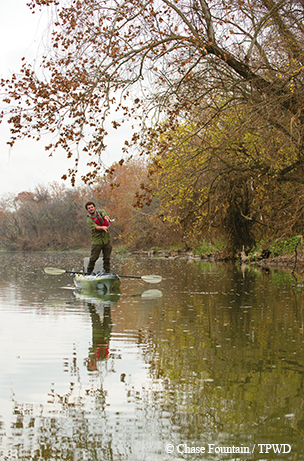

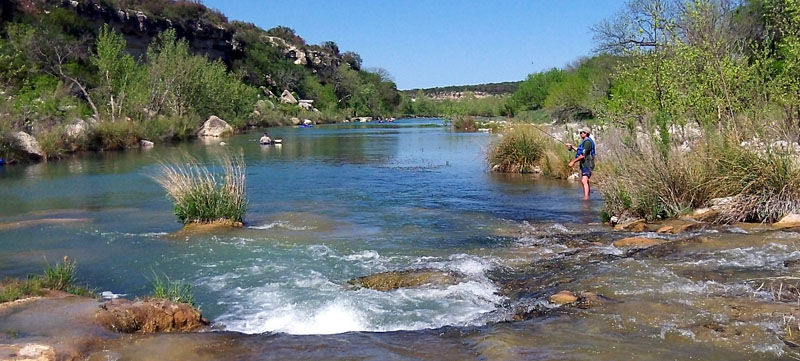
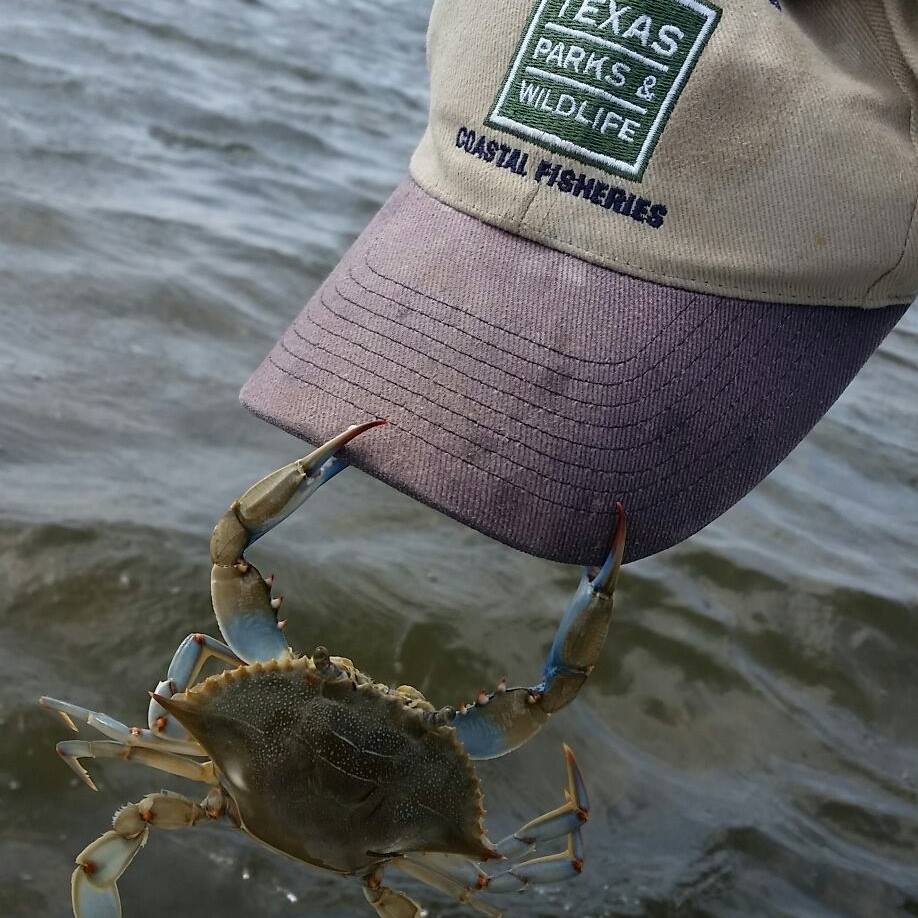
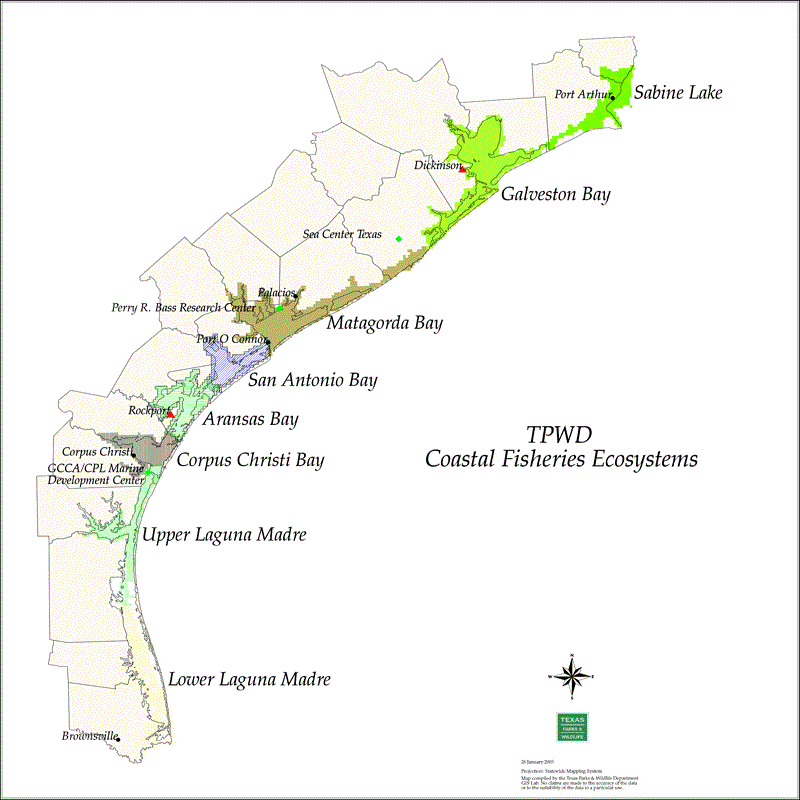
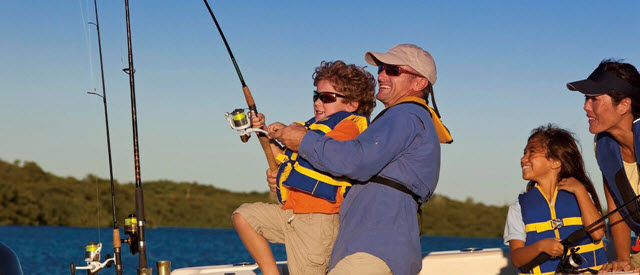

 Passport to Texas is a
Passport to Texas is a  Passport to Texas is made available by:
Passport to Texas is made available by: